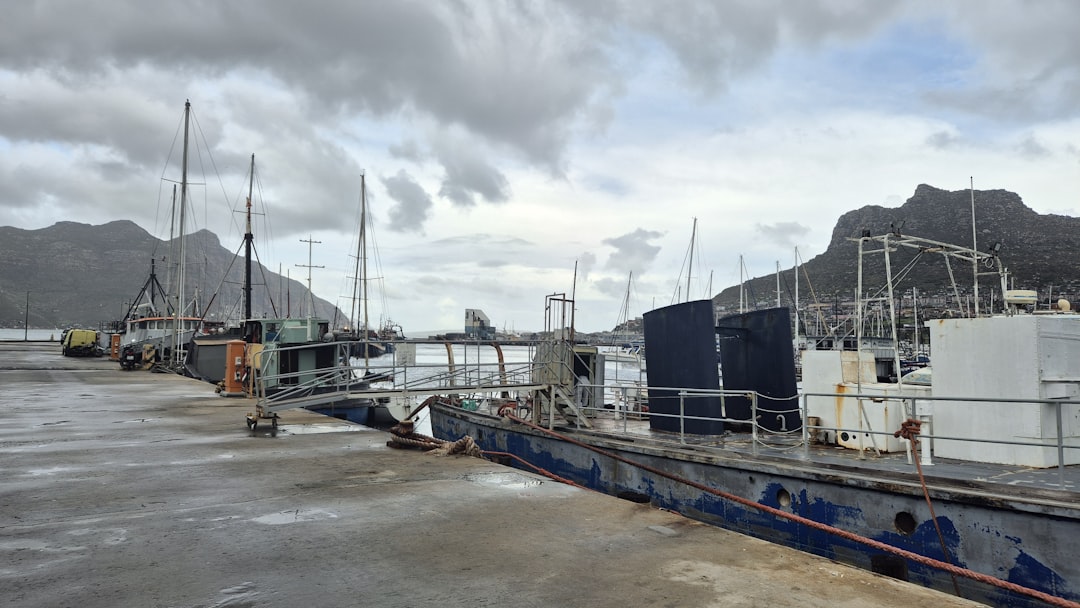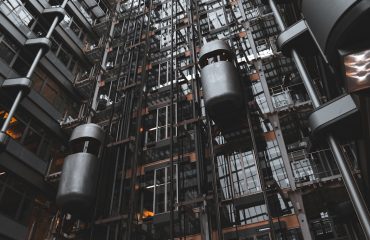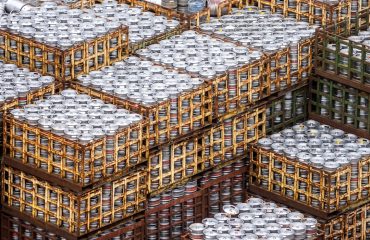The construction of modern ports demands innovative and resilient solutions. Steel pipes, with their inherent strength, durability, and cost-effectiveness, are emerging as a leading material in various aspects of port infrastructure development. This comprehensive guide delves into the multifaceted world of steel pipe port construction, exploring its advantages, challenges, and future prospects.
1. Design Considerations for Steel Pipe Port Structures
Designing a port structure using steel pipes necessitates meticulous planning and consideration of several critical factors. The primary design considerations include:
- Pipe Diameter and Wall Thickness: The selection of appropriate pipe dimensions is crucial for bearing the anticipated loads, including those from vessels, equipment, and environmental forces (waves, currents, tides). Finite element analysis (FEA) is commonly employed to optimize pipe selection for specific loading conditions.
- Joint Design and Connections: Robust and leak-proof connections are essential for the structural integrity of the entire system. Welding, bolting, and specialized coupling systems are used, with the choice depending on factors like accessibility, load requirements, and environmental considerations (corrosion resistance).
- Foundation Design: The foundation is the bedrock of any port structure. Steel pipes often serve as piles, driven into the seabed to provide stability. The type of foundation (driven piles, jacked piles, or caissons) depends on soil conditions and the overall design requirements.
- Corrosion Protection: Marine environments are highly corrosive. Therefore, effective corrosion protection is paramount. This often involves applying protective coatings, such as zinc galvanizing, epoxy coatings, or specialized anti-corrosive paints, to extend the lifespan of the steel pipes.
- Seismic Considerations: In seismically active regions, the design must account for earthquake forces. This involves incorporating features like flexible joints and base isolation systems to mitigate seismic damage.
2. Advantages of Utilizing Steel Pipes in Port Construction
The use of steel pipes in port construction offers several compelling advantages:
- High Strength-to-Weight Ratio: Steel pipes possess a superior strength-to-weight ratio compared to many other materials, enabling the construction of lighter yet robust structures.
- Cost-Effectiveness: The relatively low cost of steel pipes, coupled with efficient construction techniques, contributes to overall project cost savings.
- Durability and Longevity: With proper corrosion protection, steel pipe structures can withstand harsh marine environments for extended periods, minimizing maintenance and replacement costs.
- Ease of Fabrication and Installation: Steel pipes are readily available and can be easily fabricated and installed using standard construction equipment, speeding up the construction process.
- Versatility: Steel pipes can be used in various port applications, including jetties, wharves, breakwaters, and even as components of floating structures.
3. Challenges Associated with Steel Pipe Port Construction
Despite the numerous advantages, certain challenges are associated with using steel pipes in port construction:
- Corrosion Management: Maintaining effective corrosion protection requires ongoing monitoring and maintenance, which can be costly and time-consuming.
- Transportation and Handling: Transporting and handling long lengths of steel pipes can be logistically challenging, especially in remote locations.
- Environmental Concerns: The manufacturing and disposal of steel pipes have environmental implications that need to be considered and mitigated through sustainable practices.
- Potential for Fatigue Failure: Cyclic loading from waves and vessel traffic can induce fatigue in steel pipes, requiring careful design and inspection to prevent failures.
- Specialized Expertise: Successful implementation necessitates specialized expertise in design, fabrication, installation, and maintenance of steel pipe structures.
4. Case Studies: Successful Steel Pipe Port Projects
Numerous successful port projects worldwide showcase the effectiveness of steel pipe construction. These case studies demonstrate the versatility and resilience of steel pipe structures in diverse marine environments. Examples include large-scale breakwater projects utilizing steel pipe caissons, the construction of jetties with steel pipe piles, and the creation of floating docks using interconnected steel pipe modules. Analyzing these projects reveals best practices and lessons learned in optimizing design and construction techniques.
5. Future Trends and Innovations in Steel Pipe Port Construction
The future of steel pipe port construction is marked by ongoing innovation and the integration of advanced technologies. This includes:
- Advanced Materials and Coatings: Research into advanced materials and corrosion-resistant coatings will enhance the durability and lifespan of steel pipe structures.
- Smart Monitoring Systems: The implementation of smart sensors and monitoring systems will enable real-time assessment of structural integrity and early detection of potential problems.
- Sustainable Construction Practices: The focus on sustainable construction will drive the adoption of eco-friendly materials and processes throughout the project lifecycle.
- Prefabrication and Modular Construction: Increased use of prefabrication and modular construction techniques will accelerate project completion and reduce on-site construction time.
- Integration of Renewable Energy Sources: Future port designs may incorporate renewable energy sources, such as solar and wind power, into steel pipe structures.
In conclusion, steel pipe port construction offers a robust, cost-effective, and versatile approach to building resilient and sustainable port infrastructure. By addressing the associated challenges and embracing innovative technologies, the industry can continue to leverage the advantages of steel pipes to meet the evolving demands of global maritime trade.
Tags: steel pipe ports, port construction, steel pipe structures, marine construction, offshore structures




